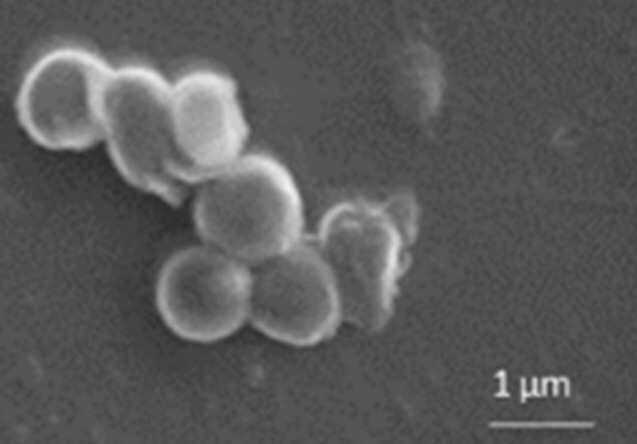Stearoyl-Chitosan Coated Nanoparticles Obtained by Microemulsion Cold Dilution Technique

Abstract: Chitosan is an excipient which has been studied thoroughly in research works thanks to its positive characteristics such as muco-adhesiveness and ability to open epithelial-tight-junctions. In this article, lipophilic stearoyl chitosan (ST-CS) was synthetized in order to anchor this polymer to lipid nanoparticles and prepare ST-CS-coated nanoparticles (ST-CS-NP) using the microemulsion cold dilution technique. Curcumin (CURC) was used as model drug. CURC-ST-CS-NP were characterized by dimensional analysis, zeta potential, drug entrapment, drug release; tested in vitro on Human Umbilical Vein Endothelial Cell (HUVEC) cells to study its cytotoxicity and on human pancreatic cancer cells (PANC-1) to determine inhibition ability; tested in rats to determine CURC blood profiles and biodistribution. CURC-ST-CS-NP had mean diameters in the range 200–400 nm and CURC entrapment up to 73%. These systems did not show cytotoxicity on HUVEC cells at all tested dilutions and revealed to be more effective than free CURC solution on PANC-1 cells at 5 and 10 μM CURC. Blood profile studies evidenced as CURC entrapment in NP prolonged the permanence of drug in the systemic circulation compared to CURC solution due to a certain stealth property of NP, probably attributable to hydrophilic chitosan coating. Biodistribution studies showed a smaller CURC concentration in RES organs when CURC-ST-CS-NP were administered.
Download full mdpi.com article here: ijms-19-03833.pdf

